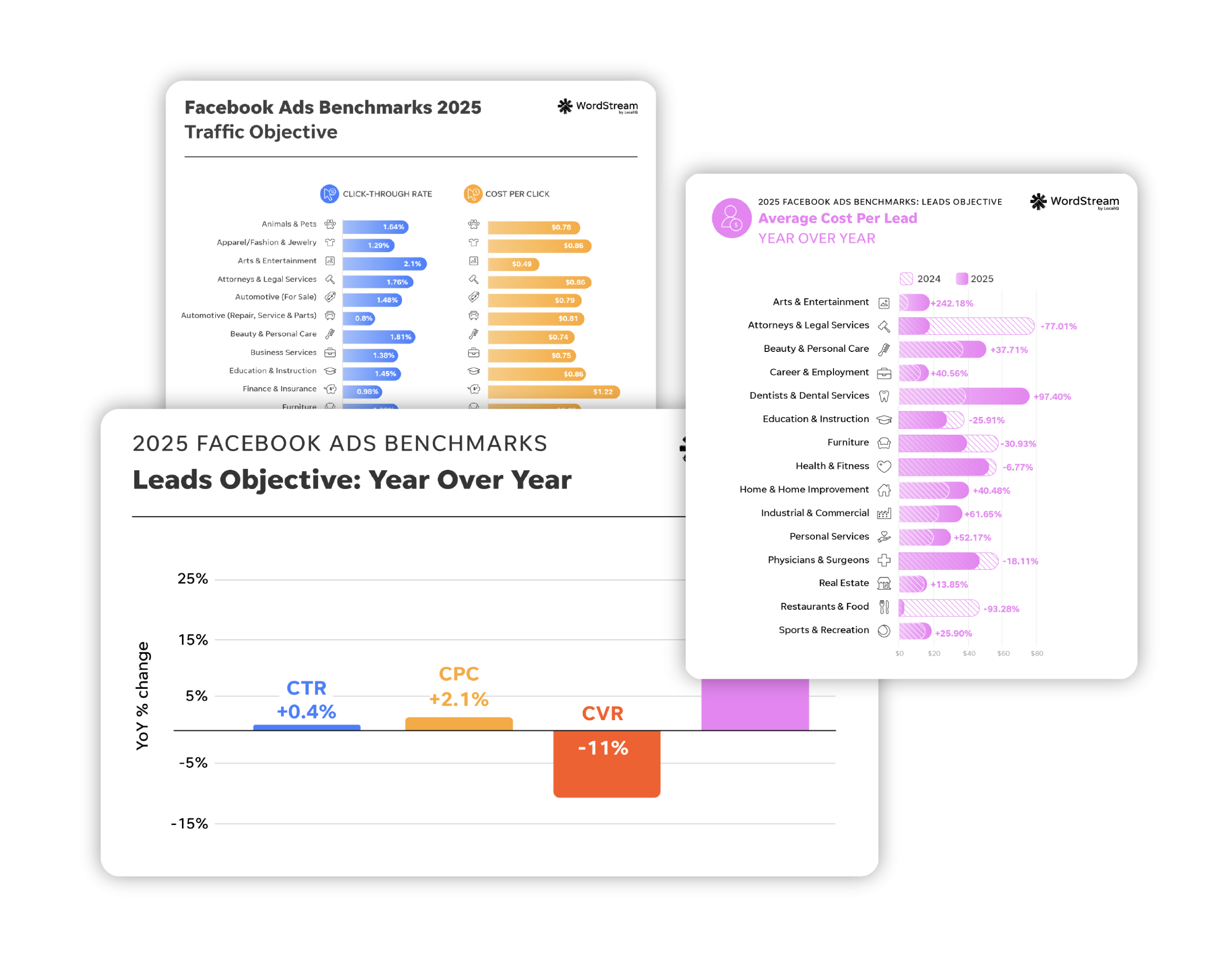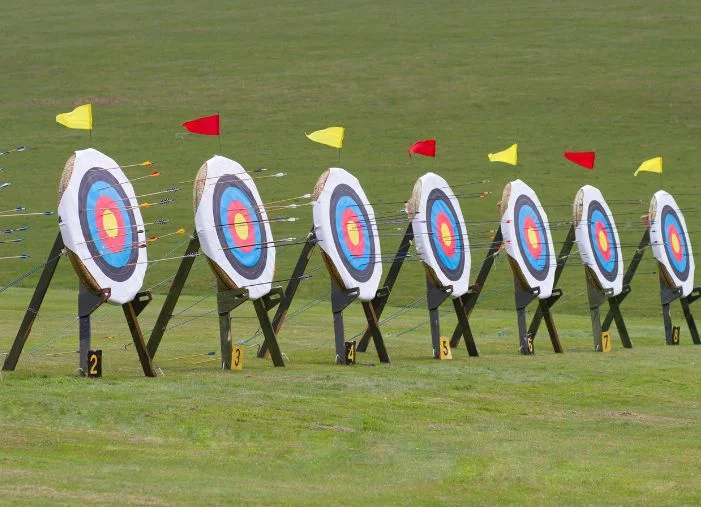For years, Instagram has been treated like a closed ecosystem: what you post stays on the app, and the only way to grow was through hashtags, shares, and the ever-changing (and often ambiguous) algorithm. But now, Google is indexing Instagram content—meaning your posts can show directly in search results.
Why would Instagram do this? What’s the opportunity for business owners and marketers? Let’s break down what’s happening, and how you can take advantage of the update.
Contents
- What’s happening?
- Why is Instagram indexing content on Google?
- How does this impact creators, businesses, and marketers?
- How to take advantage of indexable Instagram content
- How to prevent your Instagram posts from getting indexed
What’s happening?
On July 10, 2025, many users in the app received this notification:
“Your public photos and videos may soon appear in search engine results. From 10th July 2025, search engines will automatically be allowed to show all photos and videos on result pages.”
That’s right. Google has started pulling Instagram content from professional accounts into its search results. That means your posts are no longer confined to your followers’ feeds. They can show up right where people are actively searching for answers, ideas, and inspiration.
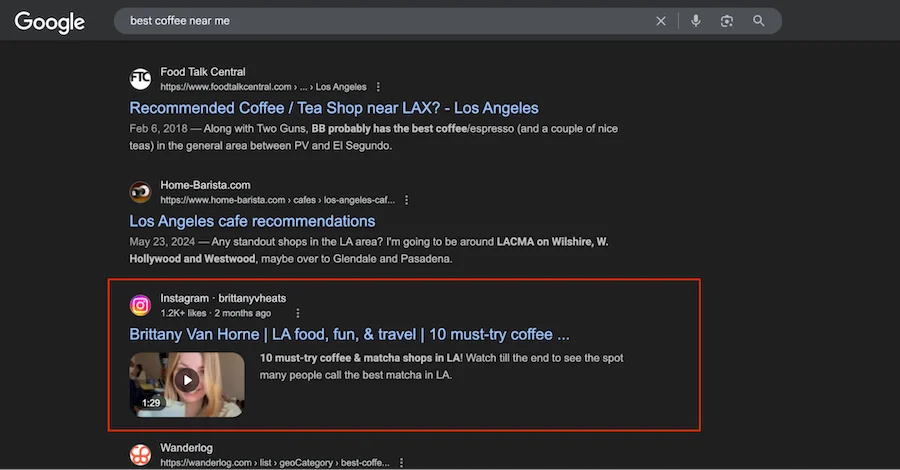
Social and search have blurred considerably in recent years. Instagram joins the likes of TikTok, YouTube, and X (among others) to index content on Google. Think about it: that carousel of brunch spots in Austin, Reel on low-impact workouts, and static post showing minimalist office setups were all once siloed within the Instagram app.
Today? They can all surface when someone types similar semantic queries into Google.
🔎 Need help understanding the modern rules for SEO? Download our free guide >> How to Do SEO Right—Right Now!
Why Instagram is indexing content on Google
From Meta’s point of view, the business case for indexing content on Google is pretty clear. Instagram has been criticized for years for the short lifespan of its content. Feed posts peak in a day or two, Stories disappear in 24 hours, and Reels burn out quickly.
By making posts visible in the search results, Meta extends the shelf life of that content, giving creators and brands the ability to capture traffic long after the initial posting window has passed. This makes Instagram more competitive with platforms like YouTube, Pinterest, and TikTok, where videos and pins can rank and drive discovery for months or even years.
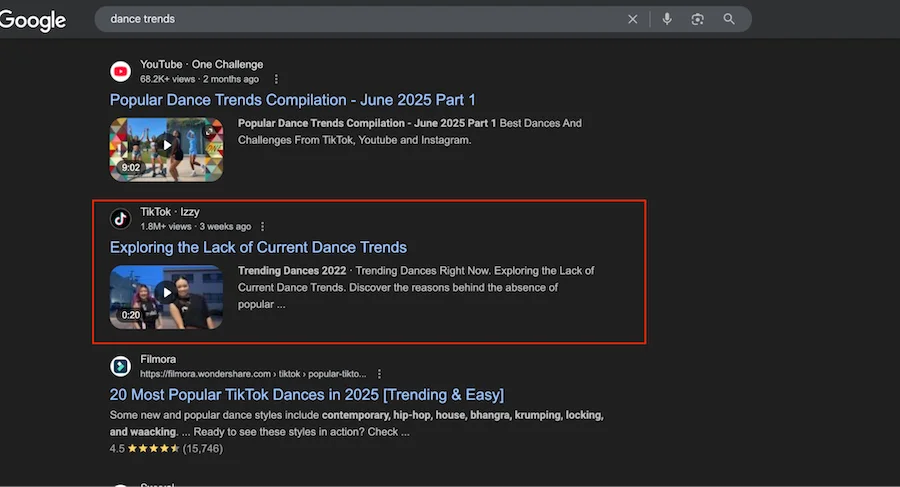
The value added is so obvious that it begs the question: Why did it take them so long? Over the last few years, Meta has been consciously reshaping itself as a discovery engine, not just a social platform. Threads launched with SEO-friendly public posts, Facebook Marketplace has long been indexed by Google, and now Instagram joins the mix. Add in the clear competitive pressure of losing out on visibility to the other media platforms, and this move was really a no-brainer.
How does this impact creators, businesses, and marketers?
For creators and marketers, this move increases Instagram’s value prop. A single post can now generate both social engagement and organic search visibility, which means a higher return on the effort it takes to produce content.
Until now, an Instagram post’s reach was mostly determined by the platform’s algorithm, your followers, and a bit of luck with hashtags. That meant most posts had a super short shelf life, often peaking within 24-48 hours before fading into the background.
Contrast that with SEO-optimized blog posts, which can drive traffic for years, sometimes tens of thousands or even hundreds of thousands of hits per month. With Google indexing, that same Instagram post can live far beyond its initial boost. Suddenly, that Reel you produced for your business or client can potentially accrue a lot more value if it goes evergreen on Search.
This is especially powerful for small businesses and local brands. According to Think With Google, 46% of all Google searches have local intent. Previously, a boutique coffee shop’s Instagram post about a new seasonal latte would mostly be seen by followers. Now, that same post gains access to all that local traffic if it can rank in the search results.
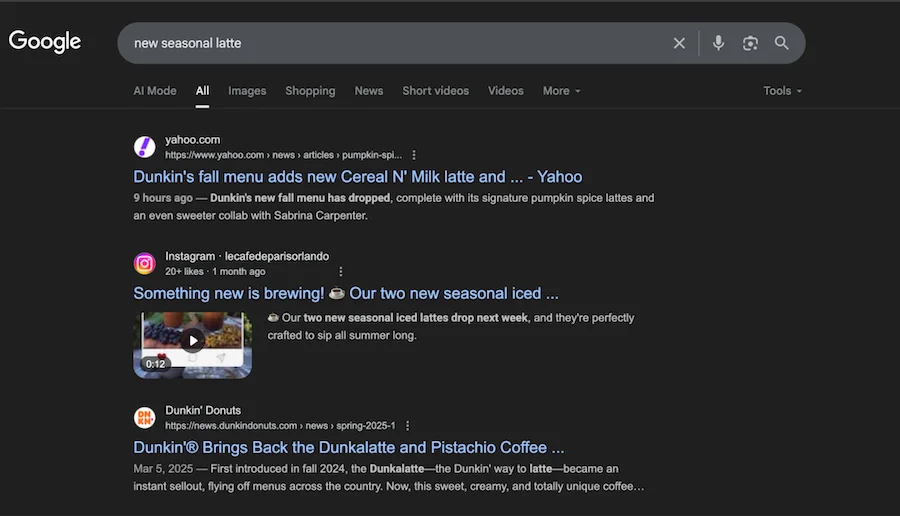
Creators also gain a new level of leverage. Building an audience on Instagram has always carried risk: if your reach gets throttled by the algorithm, your content dies on the platform. But now, your best work is no longer trapped on Instagram. That means more visibility, more followers, and more opportunities for sponsorships and brand partnerships.
The generational trend makes this even more urgent. Google itself has acknowledged that nearly 40% of Gen Z prefer searching TikTok or Instagram over Search for things like restaurants, products, and travel ideas. By allowing posts to rank in Google, Instagram bridges that gap: it keeps Gen Z happy with in-app discovery while also meeting Google searchers where they are.
🚀 Free guide >> 10 Tangible & Free Ways to Get on the First Page of Google
5 ways to take advantage of indexable Instagram content
It all sounds great in theory (the theory being that by effectively search-optimizing your Instagram content, you can increase exposure many times over). But do creators actually have control over that kind of compounding traffic, or is this still just a game of luck?
We think they do.
But, first, to give your posts the chance of showing up in Google, there are a few requirements: You must have a professional account, your account must be public, and you must have enabled the setting that allows your content to be indexed (you can find this in Settings > Account privacy).
Now that that’s out of the way, here are five strategies that you can use to rank your Instagram content high in the search results and drive more value.
1. Treat captions like mini blog posts
Writing Instagram captions has always been a fairly casual exercise. They’re typically short, witty, or emotional. That kind of brevity and wit still has a place, but now, consider the fact that captions are going to be a key signal for search engines. Just like Google scans the body content of a blog post, it will now do the same to the keywords in your caption to determine whether your post will provide value to users in the search results.
Keyword density will be important. Depth, maybe even more so.
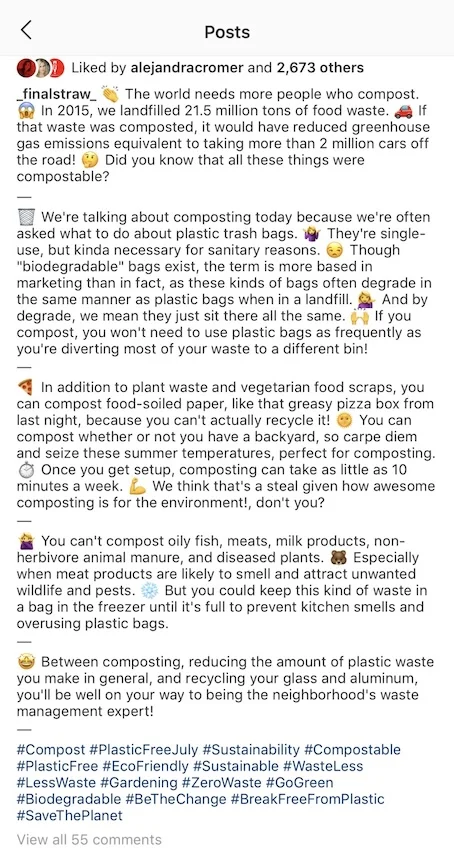
For example, imagine you’re a fitness coach posting a Reel on “5 at-home workouts for beginners.” Instead of a vague caption like “get moving with me today,” try either transcribing your video or actually detailing the five workouts you’re talking about.
Your caption should explicitly mention keywords that drive volume on Google: queries like beginner workout, at-home exercise, or fitness tips. You can use Google’s Keyword Planner, Ubersuggest, or even autocomplete in the Google search bar to identify keywords to weave naturally into your captions. (You can also try WordStream’s Free Keyword Tool for more ideas!)
2. Optimize alt text for SEO and accessibility
Instagram quietly added an alt text feature a few years ago, primarily for accessibility. Most users let Instagram auto-generate alt text, but now, marketers have a bigger incentive to customize it. Just like with website images, alt text on Instagram gives Google context about what your post contains.
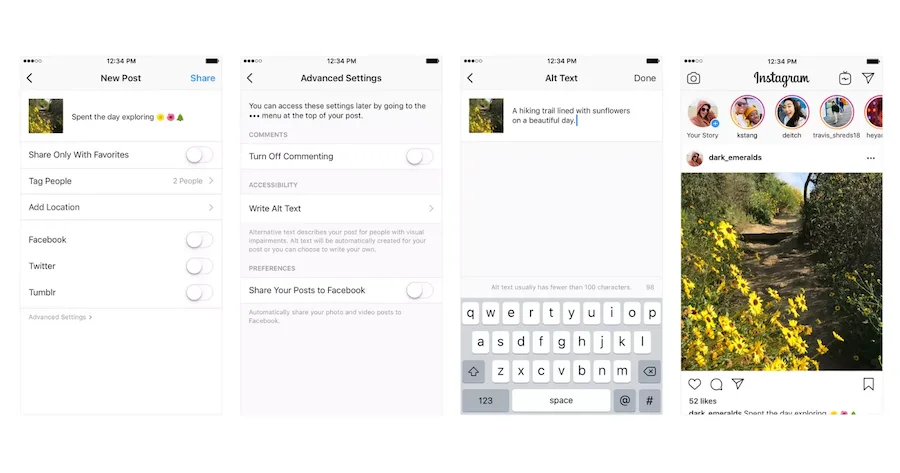
Let’s say you post a carousel showcasing “Minimalist Office Setup Ideas.” Instead of letting Instagram auto-tag it as “Photo of a desk,” you could write: “Minimalist office setup with standing desk, white monitor, and ergonomic chair. Modern home office inspiration.” This not only helps visually impaired users but also gives Google exactly the keywords it needs to rank your post.
3. Geotag for local SEO
Nearly half of all Google searches have local intent, and 76% of people who search for something nearby on their smartphone visit a business within a day. That’s massive for brick-and-mortar stores, restaurants, and service providers. With Instagram posts now indexable, a geotag could mean your content surfaces in those local searches.

This Instagram post is geotagged for Phoenix, Arizona, and includes Arizona-related hashtags.
The takeaway? Always use location tags when posting about events, products, or services tied to a physical place. And when possible, pair your geotags with localized keywords in your caption to maximize visibility.
4. Build evergreen content themes
As mentioned, one of the biggest challenges with Instagram marketing has been its content treadmill. Posts spike in engagement, then disappear in the algorithm’s black hole. Indexing changes that dynamic.
For marketers, that means rethinking content strategy. Instead of only chasing trends, try deliberately building a library of posts around evergreen themes relevant to your brand. For example, a skincare brand might post Reels about “morning skincare routines,” “how to apply retinol,” or “best sunscreens for sensitive skin.” Those topics get searched year-round, giving your posts long-tail relevance in Google.
As an added layer to your current trends strategy, try identifying 5–10 evergreen themes in your industry using keyword research. Create Instagram posts around these topics consistently, so you build a bank of content with lasting value in both places.
🚨 Get copy-and-paste social media posts ready for the whole year in our free social media template!
5. Encourage engagement as a ranking signal
While Google doesn’t use Instagram “likes” directly in its algorithm, engagement still matters. Posts that get more comments, shares, and saves are more likely to be surfaced by Instagram, and that visibility in turn boosts signals to Google that the content is relevant. In other words, an engaged audience still helps your post rank better.
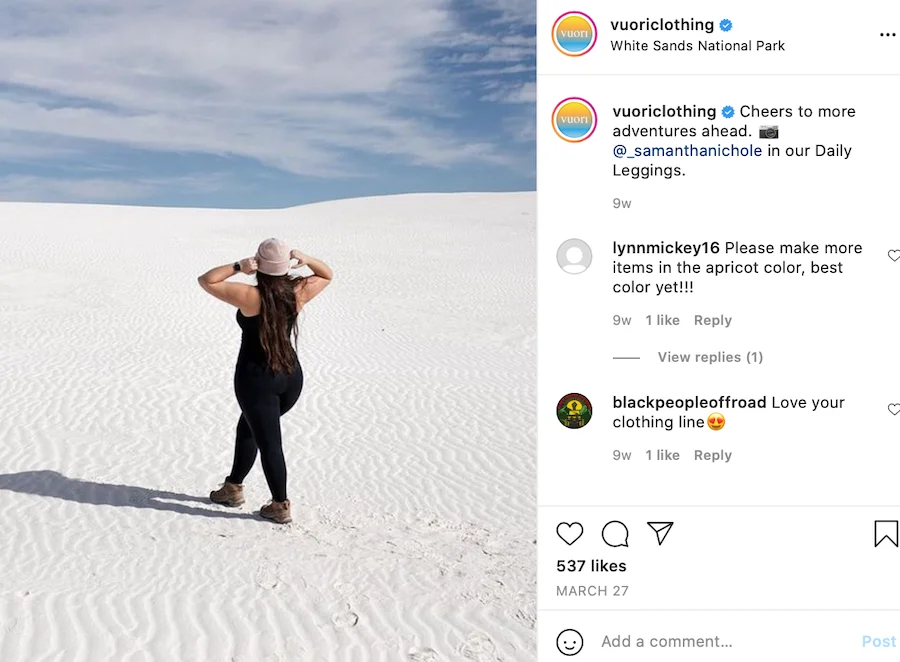
Marketers should treat engagement prompts as part of their SEO strategy. Instead of ending a caption with “Thoughts?” try something more specific: “Which of these office setups could you see yourself working in? Comment below!” or “Tag a friend who needs a new at-home workout routine.” These calls-to-action not only drive comments, but also send positive signals that your post is worth surfacing.
How to keep your Instagram content from being indexed on Google
We’ve talked about what to do to get your Instagram posts found on Google, but what if you DON’T want your content to show there? You have a couple of options:
- Set your profile to private. Google will not index private Instagram profiles (and they also are not currently indexing personal Instagram account posts–only professional ones). We don’t really recommend this approach for business accounts, because it will limit who can see your posts within the app and create a barrier to entry for growing your page.
- Disable the indexing setting. If you don’t want to set your account to private but you also don’t want your posts indexed, you can toggle this setting off. Simply go to Settings > Account privacy and then toggle off “Allow public photos and videos to appear in search results.”
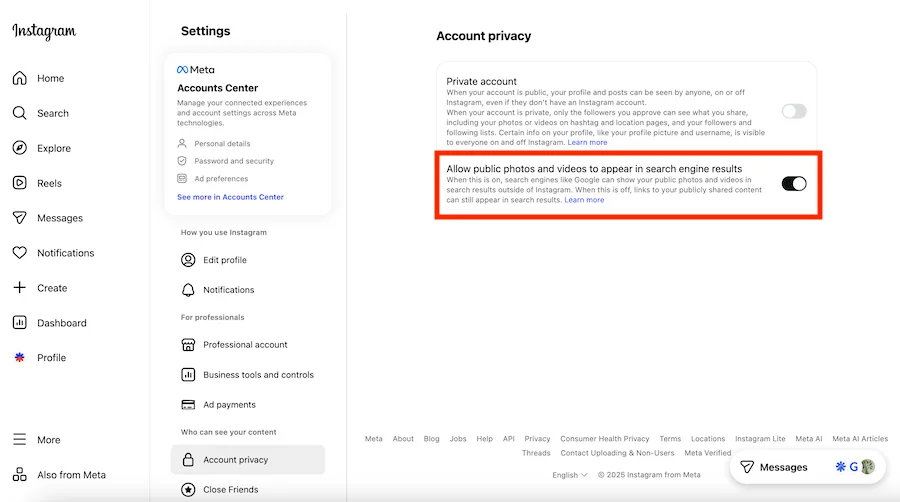
Drive cross-channel value on Instagram
For years, Instagram has been a closed loop: your content lived and died within the app. With Google now indexing content, marketers finally have a way to extend the lifespan of Instagram content and connect with audiences beyond their followers.
While that doesn’t mean you should turn every post into a blog article, it does mean you should be intentional about your strategy. The marketers who learn to balance creativity with SEO will be the ones whose Instagram content not only trends but also earns a lasting spot on Google.

